It has been some time since we covered the exploits of our Dark Knight, so it’s about time to rectify that. Last time we discussed Batman I covered the Burton and Schumacher eras of Batman’s live-action ventures. We also took a look at Matt Reeves’ The Batman as I needed some cinematic bleach to wash away the experience of Batman & Robin. We’re here now to take a look at the Christopher Nolan led trilogy of films, better known as the Dark Knight trilogy. All stories start somewhere, and today’s is no exception, This is 2005’s Batman Begins!

Introduction & Pre-Production
So, while the Burton era of Batman films is remembered fondly, the Schumacher films were polarizing in both production style and overall tone. Batman & Robin in particular was so severely panned by fans and critics alike that it caused Warner Brothers to cancel any and all Batman live-action films that were currently in production. This would serve to explain why after the release of Batman & Robin in 1997 we didn’t see another live action take on the character until 2005 when Batman Begins was released.
This isn’t to say that Batman was totally absent from the world during his live-action hiatus as the Batman Animated series launched an entire universe of connected television series and films, including the likes of Batman Beyond, Justice League, and Justice League Unlimited. These were great products in the eyes of fans and critics, which served to fill the void left by the lack of live-action Batman and helped serve as the backbone for the animated division of D.C. Comics. But eventually Warner Brothers decided to take another shot at the Dark Knight and in 2003 the studio chose Christopher Nolan to direct and helm an initially untitled Batman film.
With Nolan in the director’s chair David S. Goyer was tapped to write the screenplay that would become Batman Begins. Given the overwhelmingly negative response to the likes of Batman & Robin, both Nolan and Goyer agreed that a reboot of the character and universe was in the best interests of the film. Warner Brothers as a studio only had one requirement for the film, which was that it not be R-rated. Goyer and Nolan had no problem with this. In the writing of the film, Goyer took inspiration from the likes of Batman: The Long Halloween as well as Batman: Year One.
One of the key aspects of Batman Begin’s overall production as well as style is that it’s less of a comic book movie in the sense that it proposes a more photo realistic take on the character and world of Batman. Many comic book movies don’t go for this approach, but it serves to help this trilogy, and particularly this film to stand on its own even more than a decade after the fact.
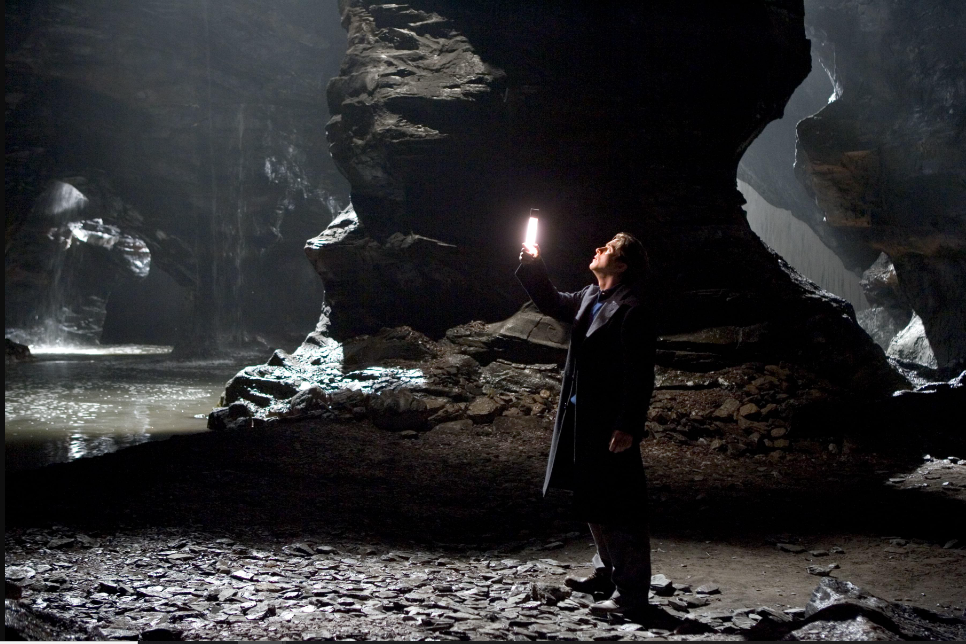
A film is more than just its director and writer; producing a film is an intricate process, and I would be remiss if I didn’t talk about some of the people who made this film possible. The film was produced by the likes of Charles Roven, Emma Thomas, and Larry Franco. Cinematography was handled by Walter Pfister, whilst the score was composed by James Newton Howard, and the legendary Hans Zimmer. Batman Begins also had a dynamic all-star cast in Christian Bale, Michael Caine, Morgan Freeman, Ken Watanabe, Gary Oldman, and many more. Batman Begins was released in 2005, with it premiering in Tokyo on May 31, 2005, whilst the film’s U.S. and U.K. theatrical runs began on June 15th and 17th respectively.
Writing & Synopsis
Batman Begins starts with one Bruce Wayne under arrest for petty crimes deep in the Asian mountains. This is where he is approached by an agent of the League of Shadows who promises him a way to fight injustice. It is this training, this brotherhood that will serve as the foundation of a symbol of hope for the just as well as a symbol of fear for those who would prey on the innocent. This is the story of Batman…
The first act in this film is quite unlike any Batman film we’d ever seen, past or present. The story is presented out of order, specifically the first act of the film. This technique is commonly referred to as, “in medias res.” Nolan had used this to great success in other films he’d been attached to, Memento especially comes to mind. But to provide a more relatable example, this technique was also employed in Zack Snyder’s Man of Steel, which served as a comparable effort in updating Superman’s character for the modern era. In medias res is very easy to mess up or handle improperly, but when done right it forms a tight bond between the audience and the characters in question.
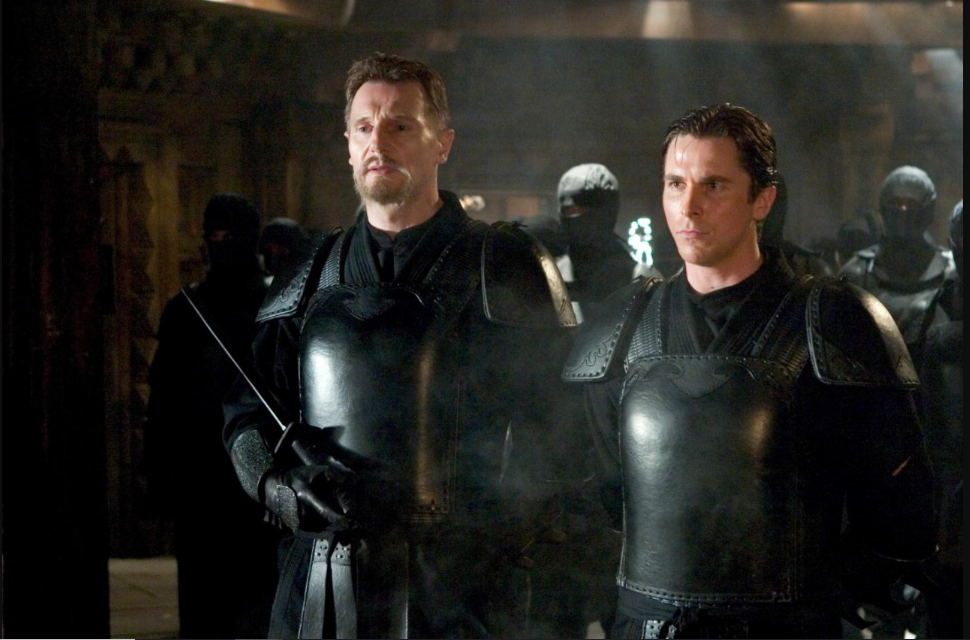
Not including the likes of Adam West films, this was the first time we got an on-screen origin for the Dark Knight, whereas we only saw the impacts of Batman’s origin in Tim Burton’s Batman. That first act does a lot of heavy lifting in introducing us to the world of Gotham and its denizens. As mentioned previously, the direction and overall artistic style of the film were shooting for a more photo realistic approach, everything from how characters conduct themselves to how the Batman of this universe attains his gadgets. All of this was designed to be as immersive as possible, or as realistic as a man dressed up as a bat hunting down criminals can be.
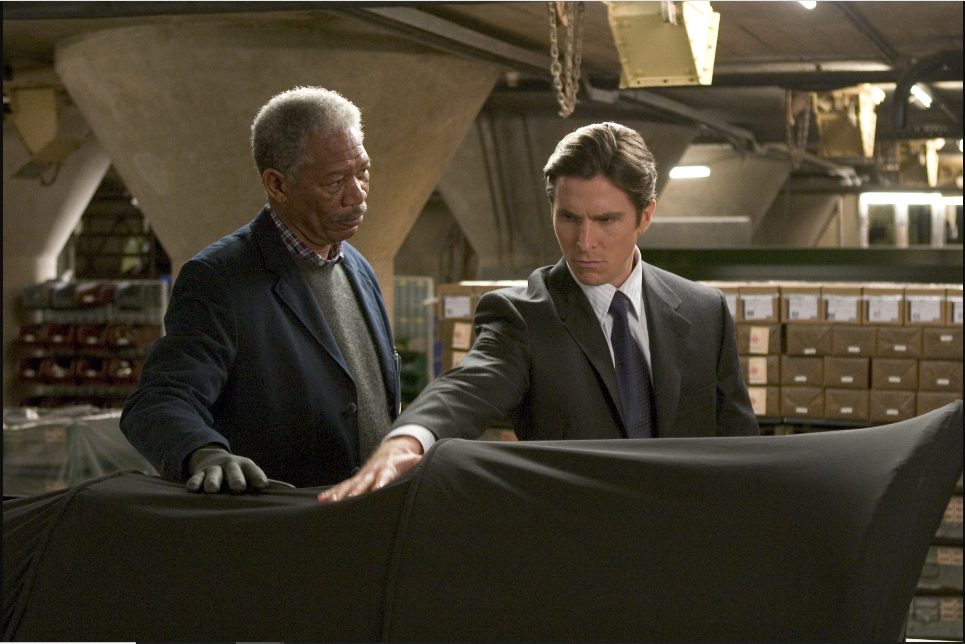
The film also sets itself apart by leaning into concepts and characters we hadn’t yet seen explored in live action. The likes of Ra’s al Ghul and Scarecrow need little introduction to fans of the Batman mythos. But this was their live action debut, and the pair were cast excellently, However, I will not be revealing the identity of the actors playing those characters as I do not wish to spoil it for those who have not yet seen the film.
Yet I will say that Nolan took painstaking efforts to pick a cast that would elevate the film. Michael Caine was inevitably cast as Alfred after Nolan’s first choice Anthony Hopkins declined to be involved. Similarly, Gary Oldman was selected for his strong performances depicting morality and courageous characters. Plus he has a strong physical resemblance to Gordon, a character from the Batman Year One story, which largely influenced the script of Batman Begins.
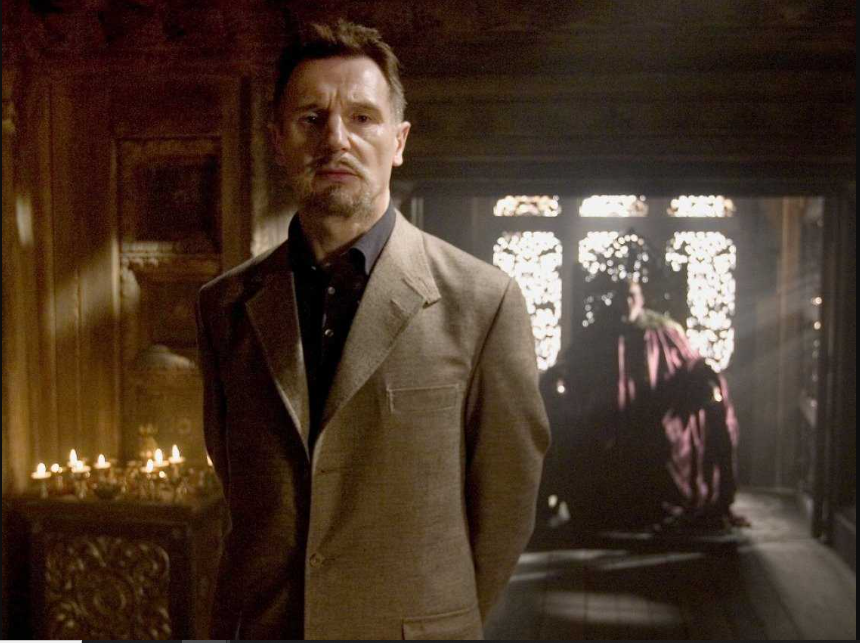
Batman Begins was released in an era when comic book movies were largely written off as a pageant of campy, cliched, and uninspired, an image that Batman & Robin played no small part in establishing. There were exceptions to this, but the era in which it was released contributed to average audiences and production studios having low expectations for the film. Nolan sought to not only make a strong Batman film to revive his live action career, but to also make a good film period, one that everyone could enjoy. Narratively, Batman Begins is a strong return to form and was the strongest Batman film to be released at that time. Reeves’ The Batman remains the most comic accurate portrayal of the character ever committed to live action. However, Batman Begins is still a strong film that stands the test of time and was exactly what the character needed to bring live- action Batman to the 21st Century.
Presentation & Score
Now, Batman & Robin had dabbled in visual effects that leaned less on the practical side, including the highly experimental 1997 computer generated images or CGI. The use of CGI was definitely on the rise in the 21st century prior to Batman Begins and even more so in today’s climate. Yet, Batman Begins differentiates itself from its competition as it is almost entirely practical. Nolan as a filmmaker is rather famous for his dislike of CGI, instead opting for more practical effects, which enhance the realism and immersion. An emphasis was put on live stunt work and scale models instead of CGI being applied post production.
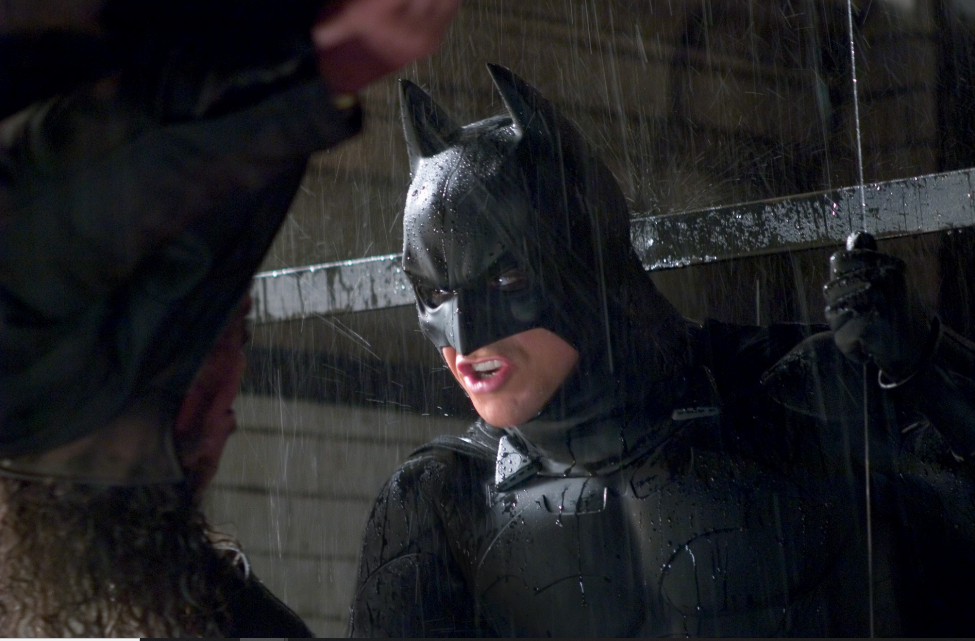
The stunt work was overseen by Justo Dieguez and Andy Norman, both trained actors and stunt men. They were responsible for overseeing the stunt work and fight choreography for the whole Dark Knight trilogy. The stunt men were trained in the Spanish Keysi Fighting Method. This is primarily a defensive based martial arts school that was modified as the trilogy went on to reflect the different states of mind of Batman. The school is based on the study and cultivation of natural instincts.
When it came to writing the score for the film, Nolan approached Hans Zimmer. But Zimmer wanted to bring James Newton Howard on board and collaborate with him. The pair visited filming locations in order to research and draw inspiration from the set in real time. Their work began in Los Angeles, but they also stayed in London for up to 12 weeks to finish writing the music.
The pair wanted to write a score that felt at home with previous Batman scores whilst still remaining distinct. The score would be comprised of mostly orchestral and some electronic compositions. In fact, ninety percent of the tracks are orchestral. Zimmer and Howard composed up to two hours and 20 minutes of music for use in the film, and the music would only improve as the trilogy continued.
Batman Begins also gives us the most detailed version of Gotham City we had ever been introduced to in film. Nolan worked with the lead production designer, Nathan Crowley. Crowley’s scale model of the city was so large that it completely filled Nolan’s garage. This version of Gotham City took a lot of inspiration from both fictional as well as real life locales. Nolan cited 1982’s Blade Runner as a major visual inspiration. Batman Begins, more than any other film in the trilogy, has the most distinct take on Gotham City as it looks very different in the rest of the trilogy. Nolan and Crowley also drew inspiration for Gotham from the likes of New York City, Chicago, and Tokyo. The setting of the climax, where the lower city narrows, was meant to evoke a downtrodden slum like one might have seen in the walled city of Kowloon in Hong Kong prior to being demolished.
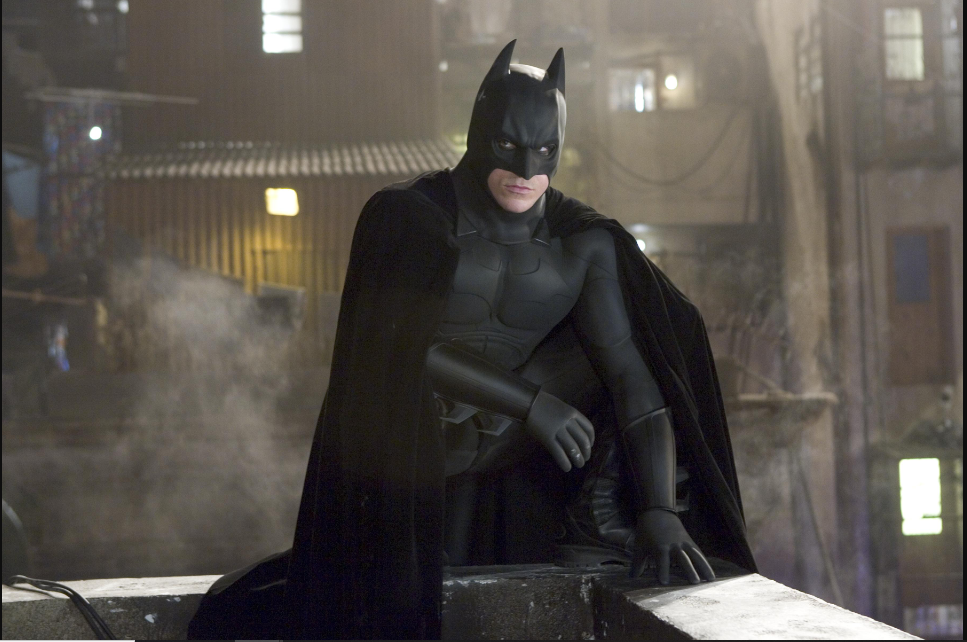
The film grossed over $373 million across its theatrical runs against a budget of $150 million. It brought in $49 million in its opening weekend, an impressive feat for the time of release. But a fact of note is that it continued to perform well past its opening weekend, something the likes of Batman & Robin did not do when looking at the past. But even when looking to the future Batman vs. Superman in 2016 had a very strong opening weekend but failed to keep attention past that initial launch. Not only did Batman Begins have a strong opening, it maintained its momentum, seeing only a 43% drop in attendance.
The film is also the 4th highest grossing Batman film released, only falling behind Tim Burton’s Batman, as well as its sequels The Dark Knight and The Dark Knight Rises. Batman Begins was the subject of fan and critical acclaim praising its production values, modern updates, and as a strong film and not just a strong comic book movie.
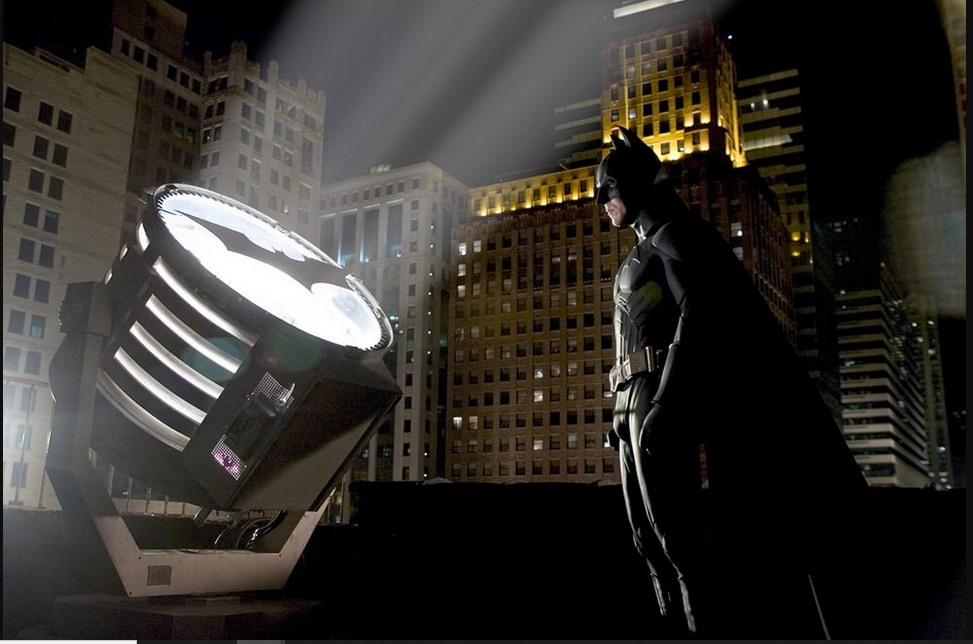
Conclusion
We are 19 years past the release of this film, and I still find it enjoyable from a comic book perspective as well as a character study. Praise is often paid to the likes of The Dark Knight, saying that it is the strongest Batman film when it comes to live action, but I believe that Batman Begins can stand shoulder-to-shoulder with its peers and follow ups, even 19 years later. Batman Begins is a strong film and I recommend it not only to fans of DC Comics but also to those why enjoy cerebral crime and action films.
Patron Shout-Out
Special thanks to our patrons who help to make our content possible and to you I offer the deepest gratitude:
Francesco
Lisa

